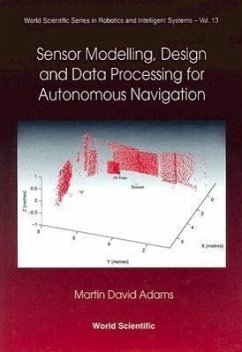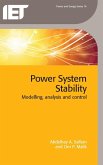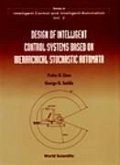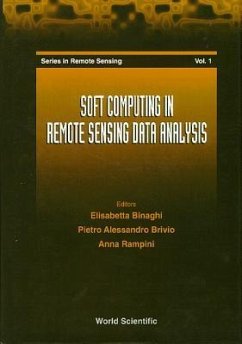This invaluable book presents an unbiased framework for modelling and using sensors to aid mobile robot navigation. It addresses the problem of accurate and reliable sensing in confined environments and makes a detailed analysis of the design and construction of a low cost optical range finder. This is followed by a quantitative model for determining the sources and propagation of noise within the sensor. The physics behind the causes of erroneous data is also used to derive a model for detecting and labelling such data as false. In addition, the author's data-processing algorithms are applied to the problem of environmental feature extraction. This forms the basis of a solution to the problem of mobile robot localisation. The book develops a relationship between the kinematics of a mobile robot during the execution of successive manoeuvres, and the sensed features. Results which update a mobile vehicle's position using features from 2D and 3D scans are presented.
Hinweis: Dieser Artikel kann nur an eine deutsche Lieferadresse ausgeliefert werden.
Hinweis: Dieser Artikel kann nur an eine deutsche Lieferadresse ausgeliefert werden.







